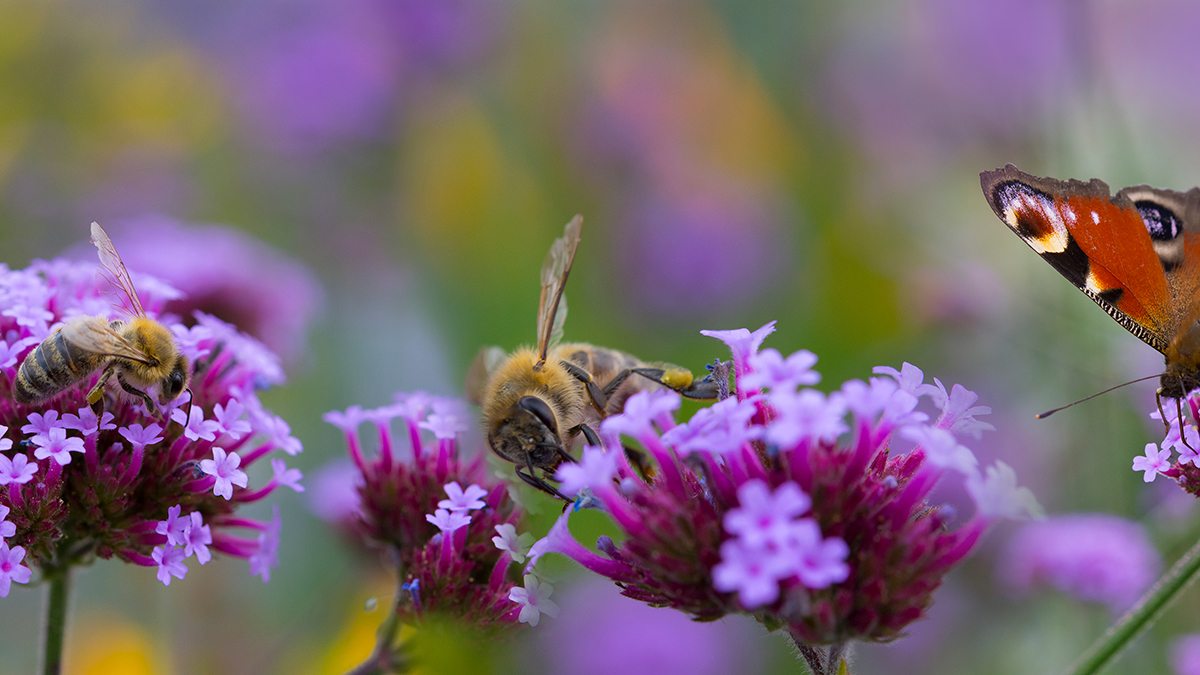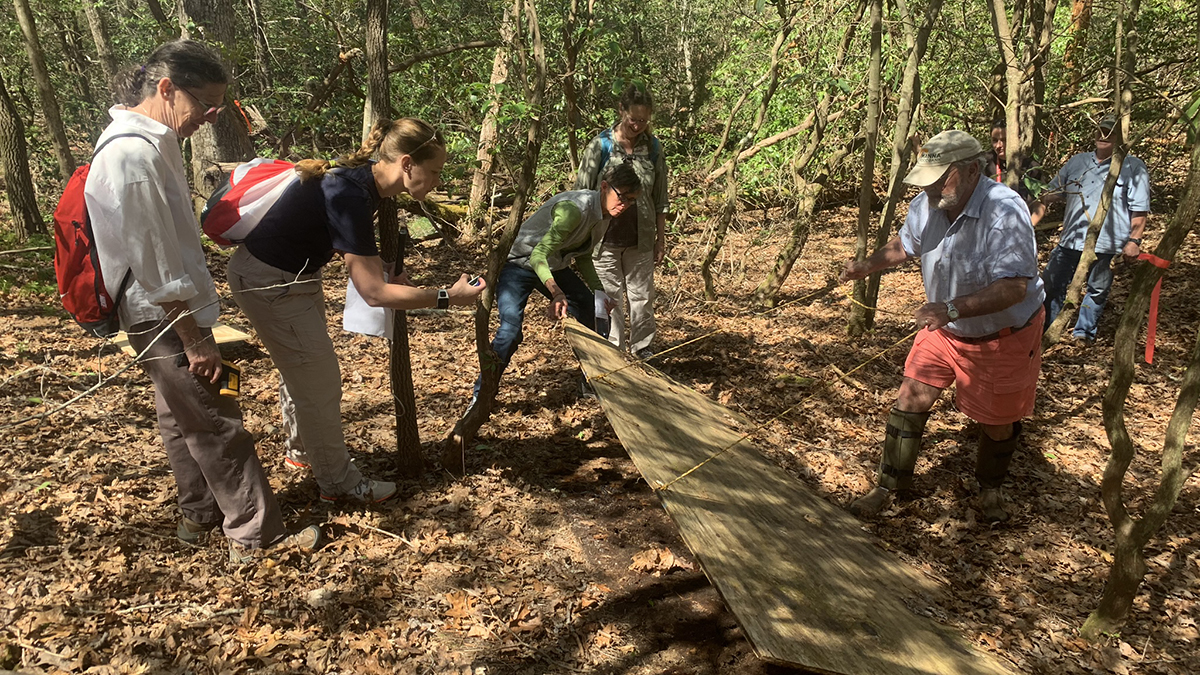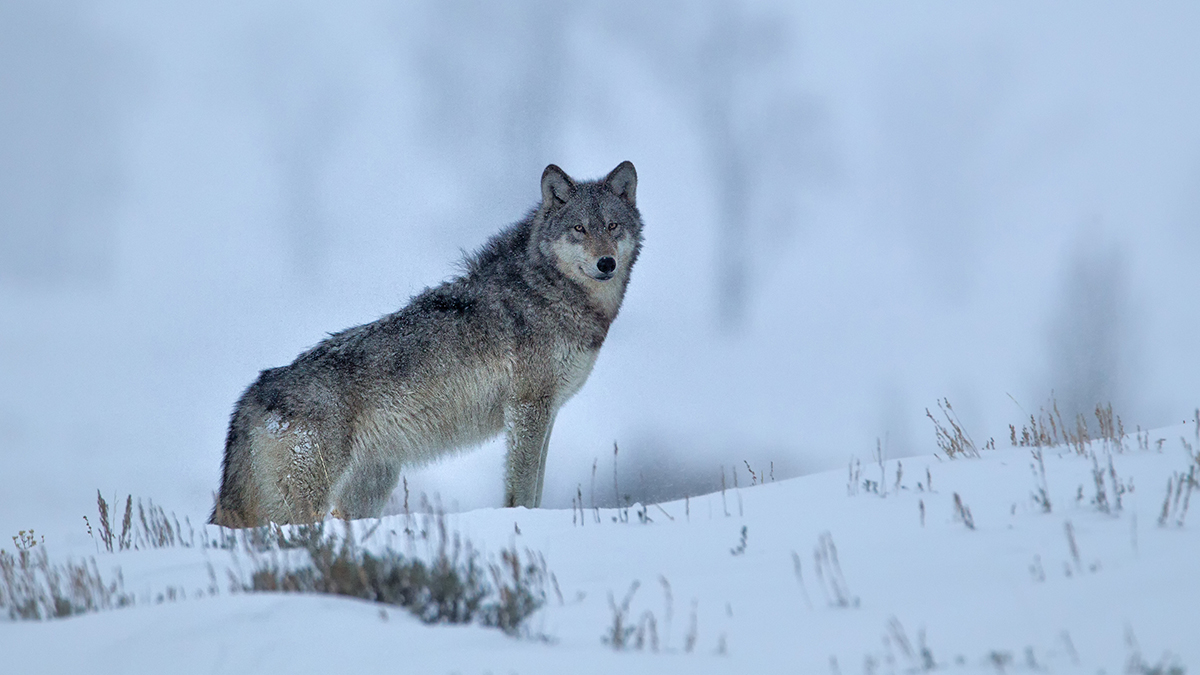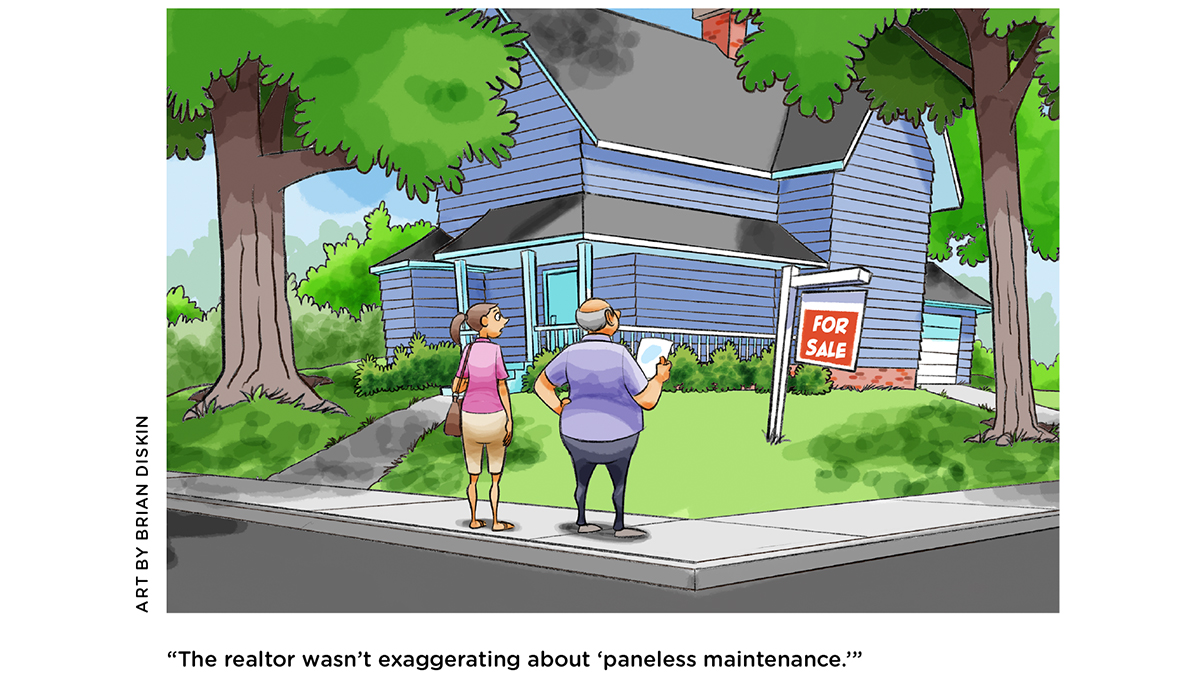feature
The (Trans)Formative Assessment Planning Template
Explicitly Welcome Translanguaging During Formative Assessment in Your Science Classroom
Science Scope—January/February 2023 (Volume 46, Issue 31)
By Caitlin Gailey McClearyCale Fine, Haeyoung Littich, and Maren Getz

feature
Engineering for Ecological and Social Justice
What Can Pollinators Teach Us About Designing Healthier Cities for Humans and Other Species in the Face of Climate Change?
Science Scope—January/February 2023 (Volume 46, Issue 3)
By Veronica Cassone McGowan and Todd Campbell

feature
What Lies Beneath?
Using Coverboards to Explore Biodiversity on School Grounds
Science Scope—January/February 2023 (Volume 46, Issue 3)
By Catherine E. Matthews, Katie Singleton, Manda M. Jackson, Cory A. Bentley, and Heidi Carlone

interdisciplinary ideas
Why Should We All Embrace Statistical Thinking?
(Data Literacy 101)
Science Scope—January/February 2023 (Volume 46, Issue 3)
By Kristin Hunter-Thomson
from the editor’s desk
Ecosystem Dynamics
cross-curricular connections
At the Zooseum
A field trip experience is strenghthened with a project focusing on adaptations
Science and Children—January/February 2023 (Volume 60, Issue 1)
By Bonnie Glass, Sara Dail, Nicole Ahn, and Tammy Lee
methods & strategies
Building Better Questions
Three dialogic strategies to promote students’ scientific thinking
Science and Children—January/February 2023 (Volume 60, Issue 3)
By Ronald Rinehart and Mason Kuhn
Teaching Teachers
Learning to Teach with Science Representations
Meaningfully connecting the three dimensions of science
Science and Children—January/February 2023 (Volume 60, Issue 3)
By Meredith Park Rogers, Cindy Hmelo-Silver, Celeste Nicholas, Dionne Cross Francis, and Joshua Danish
engineering encounters
Placemat Instructions
The development of a new type of instructions for learning engineering practices through robotics
Science and Children—January/February 2023 (Volume 60, Issue 3)
By Sara Willner-Giwerc, Rachel Hsin, Sonia Mody, and Chris Rogers
science 101




